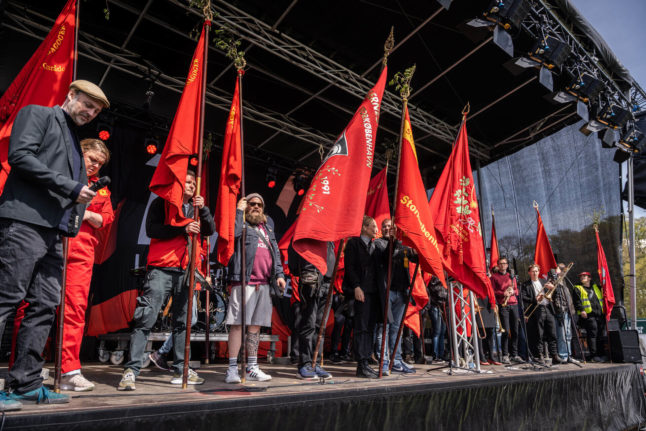Saint Martin’s Day, or Mortensaften to give it its Danish name, is celebrated each November 11th in a long line of countries, mostly as a harvest festival. In Denmark, the day is not an official holiday but many older generations still mark the occasion with a dinner of goose or duck on the preceding evening, known as Mortensaften (St. Martin’s Eve).
Denmark’s celebration of Mortensaften is in honour of Saint Martin of Tours, a Roman soldier born around the year 316 who deserted the Roman army due to his Christian faith and established the first monastery in Gaul. He was later canonized as a Christian saint.
Known as Sankt Morten or Morten Bisp in Danish, St. Martin is said to have resisted his impending election as bishop by hiding in a geese pin. The honk of the birds eventually revealed his location and forced him to take the bishop’s office. Because the geese had revealed him, he asked the townspeople to slaughter a goose once a year and eat it as a form of revenge.
In Denmark, the traditional Mortensaften dinner has been celebrated for centuries. The first documents of the celebration in Denmark are from 1616 but it is believed that since the Middle Ages people ate goose and duck as an offering to the saint.
Eventually, the goose came to be replaced on Danes’ dinner tables by other poultry, particularly duck. Today, many families with older members still eat goose on Mortensaften, but it’s fair to say not everyone is concerned about the occasion.
“I don’t think it’s a big deal. It is not an official holiday but it’s sometimes an excuse to have a good meal, mostly with your family,” Copenhagen resident Frank Hansen told The Local in 2015.
“My grandparents used to invite the family over to eat goose or duck. But I guess now it is regarded as a tradition only by older people,” Julie Ravn said.
One clear remnant of Saint Martin remains in Denmark: both Martin and the Danish variation Morten remain incredibly popular names amongst Danish men. As of 2021, there are 37,112 Martins and 33,825 Mortens in Denmark, according to Statistics Denmark.



 Please whitelist us to continue reading.
Please whitelist us to continue reading.